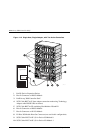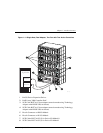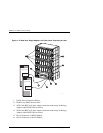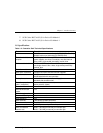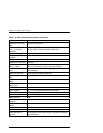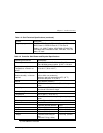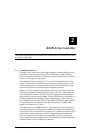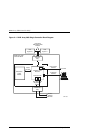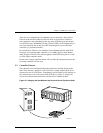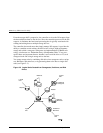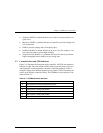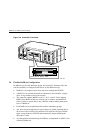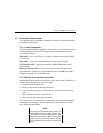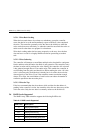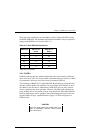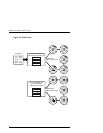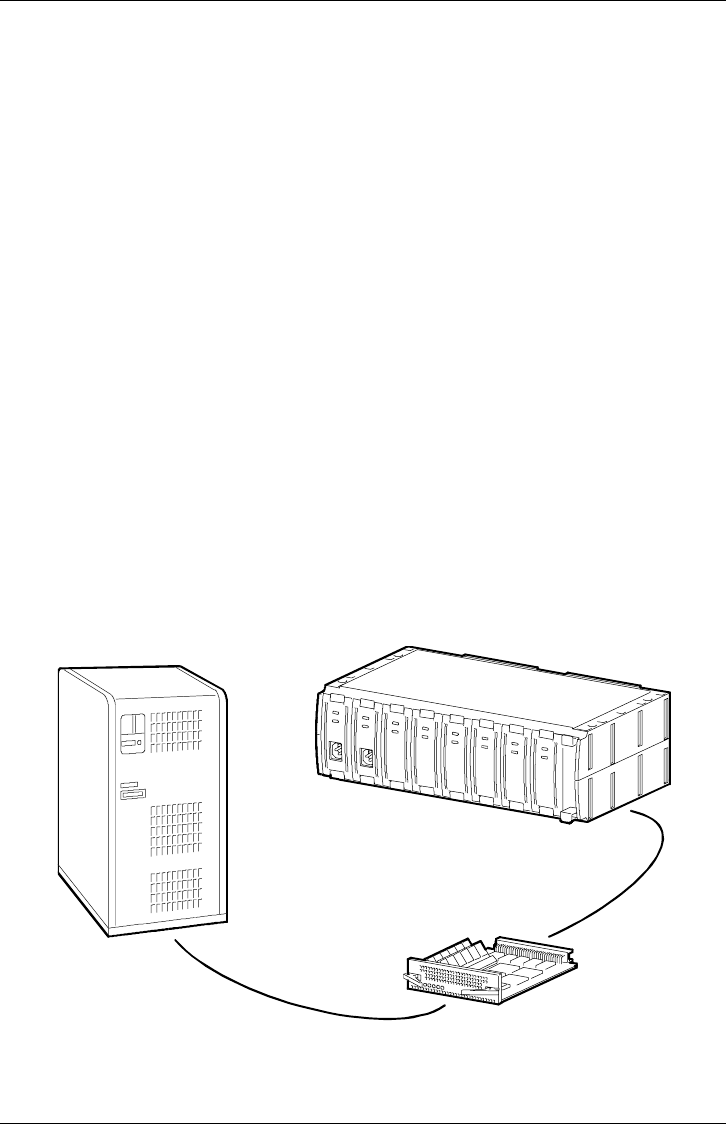
Chapter 2. RAID Array Controller
EK–SMCPQ–UG. C01 2–3
There are two configurations for redundant pairs of controllers: Active/Active
Failover mode and Active/Passive Failover mode. In Active/Active Failover,
each controller in the redundant pair has one active SCSI host port and one pas-
sive SCSI host port. Redundancy Groups (Virtual LUNS) can be mapped only to
one active host port and are not accessible from the passive port or the other
controller (i.e. partitioned model).
In Active/Passive Failover, one controller in the redundant pair has both SCSI
host ports active and the other controller is in a standby passive mode. Redun-
dancy Groups (Virtual LUNs) can be mapped to either SCSI host port or to both
as in the single controller model.
In both cases a single controller failure will not affect the subsystem because the
surviving controller will take over.
2.2 Controller Features
The controller is the intelligent bridge between the host and the devices in the
shelf. From the host’s perspective, the controller is simply another SCSI device
connected to one of its I/O buses. Consequently, the host sends its I/O requests to
the controller just as it would to any other SCSI device. Figure 2–2 shows the
role of the controller between the host and the Device Expansion Shelf.
Figure 2–2 Bridging the Gap Between the Host and Device Expansion Shelf
S
HR-1
0
42
Storage
Shelf
Controller
Host



